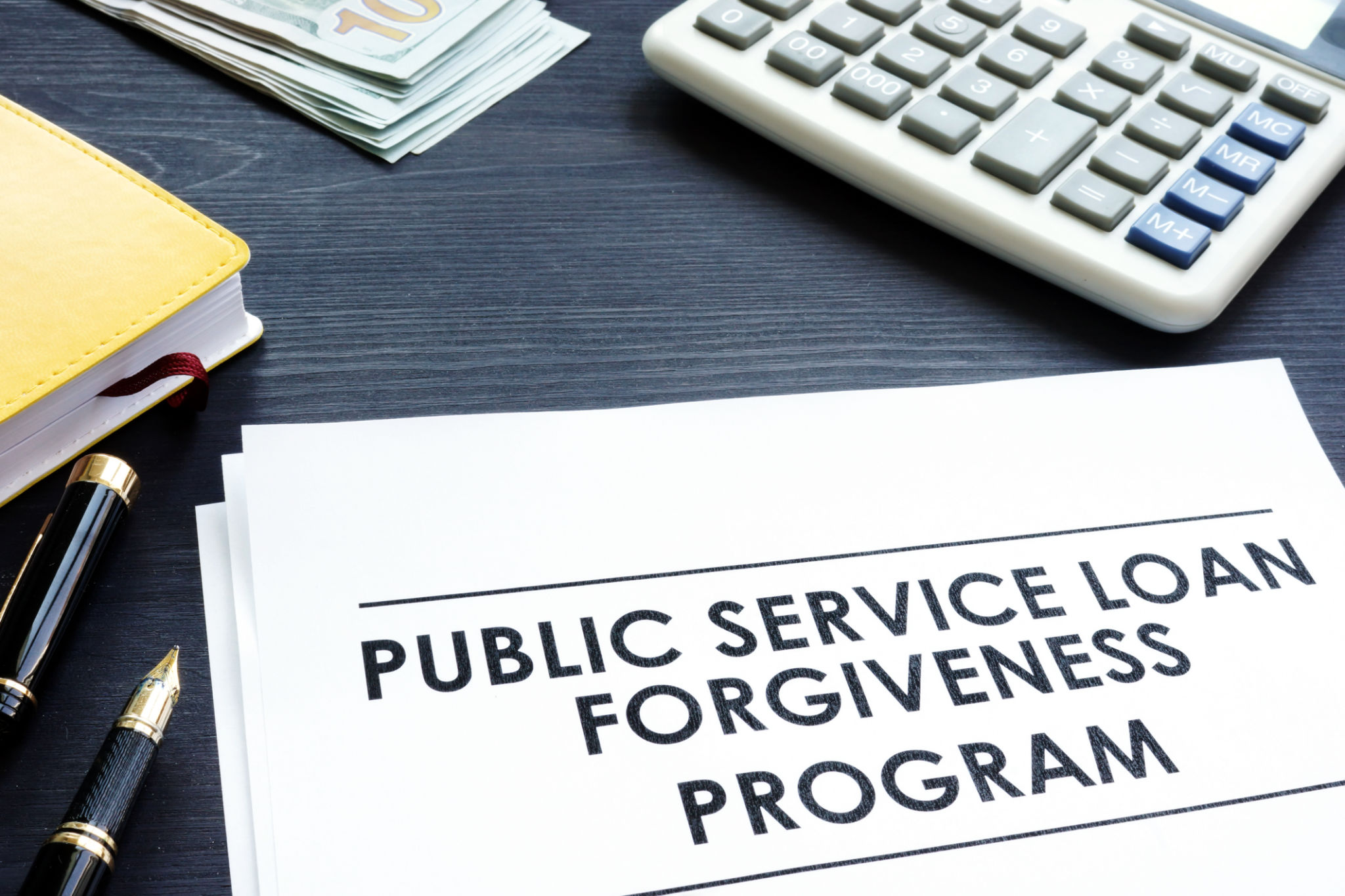Navigating Loan Forgiveness Opportunities: What You Need to Know
Understanding Loan Forgiveness Programs
Loan forgiveness programs are designed to alleviate the burden of debt by reducing or eliminating the balance owed on a loan. These programs are typically available for student loans, but there are other types as well. Understanding how these opportunities work can help you make informed financial decisions and potentially save thousands of dollars.

Types of Loan Forgiveness
There are several types of loan forgiveness programs, each with its own eligibility requirements. Some of the most common include:
- Public Service Loan Forgiveness (PSLF): Available to government and nonprofit employees after making 120 qualifying payments.
- Teacher Loan Forgiveness: For teachers who work in low-income schools for five consecutive years.
- Income-Driven Repayment Forgiveness: Offers forgiveness after 20-25 years of qualifying payments based on income.
Eligibility Requirements
Each loan forgiveness program has specific eligibility criteria. It is crucial to understand these requirements to ensure you qualify. Common factors include the type of loan you have, your employer, and your payment history. For example, PSLF requires full-time work at a qualifying organization and adherence to an eligible repayment plan.
Steps to Apply for Loan Forgiveness
Applying for loan forgiveness can be a complex process, but breaking it down into steps can make it more manageable:
- Research: Determine which loan forgiveness program you may qualify for.
- Verify Eligibility: Check your loans, employment, and payment history against the program's criteria.
- Complete Necessary Paperwork: Gather required documentation and submit any necessary forms.
- Follow Up: Regularly check the status of your application and respond promptly to any requests for additional information.

Common Mistakes to Avoid
While navigating loan forgiveness opportunities, it is easy to make mistakes that can delay or prevent approval. Some common pitfalls include:
- Missing Payments: Ensure all qualifying payments are made on time and in full.
- Incorrect Paperwork: Double-check that all forms are completed accurately before submission.
- Lack of Documentation: Keep thorough records of employment and payments as proof of eligibility.
The Benefits of Loan Forgiveness
The benefits of loan forgiveness can be substantial, offering financial relief and peace of mind. By reducing or eliminating your debt, you can free up resources for other financial goals, such as saving for retirement or purchasing a home. It's an opportunity to regain control over your financial future and reduce stress associated with long-term debt obligations.
Staying Informed
The landscape of loan forgiveness is constantly evolving, with changes in legislation and new programs emerging. Staying informed about these developments is crucial to making the most of available opportunities. Regularly check official sources and consult with financial advisors or loan servicers as needed to stay on top of the latest information.

Your Path Forward
Navigating loan forgiveness opportunities requires diligence, patience, and attention to detail. By understanding the types of programs available, meeting eligibility requirements, and following a structured application process, you can increase your chances of success. Remember, the effort you put into exploring and applying for loan forgiveness can lead to significant financial benefits in the long term.